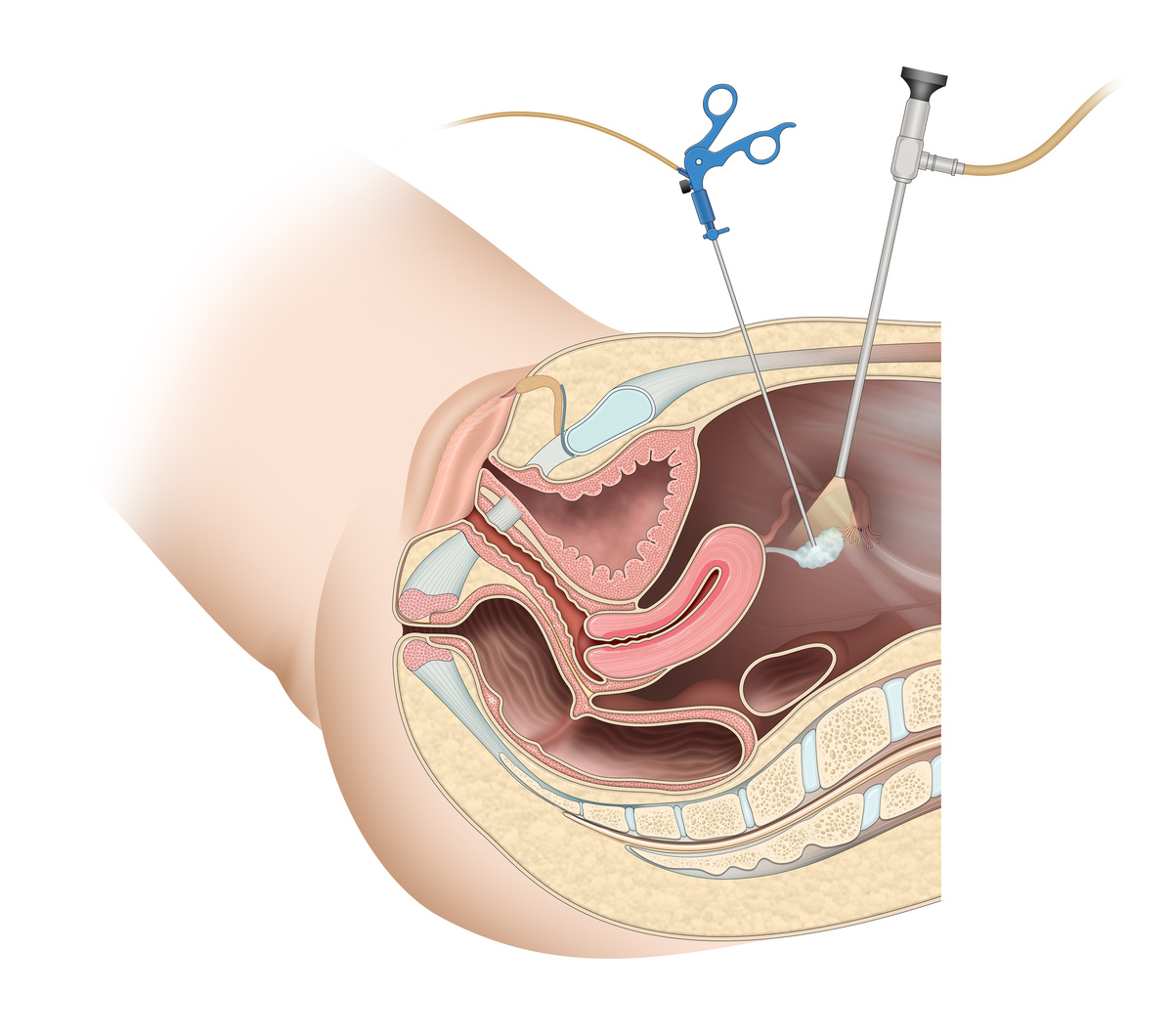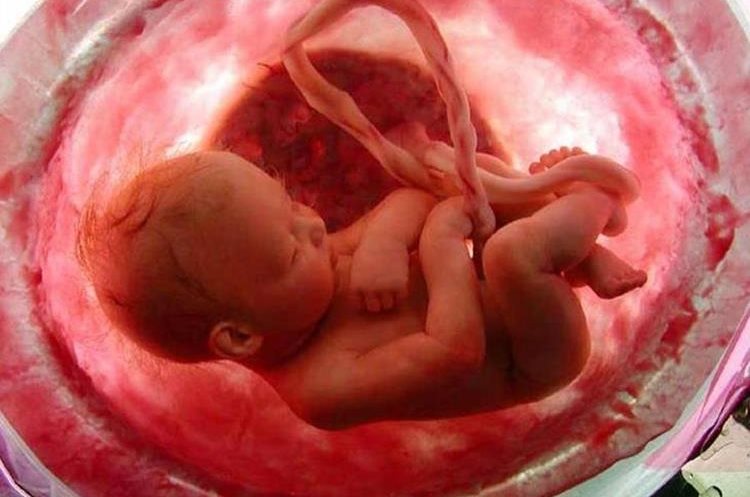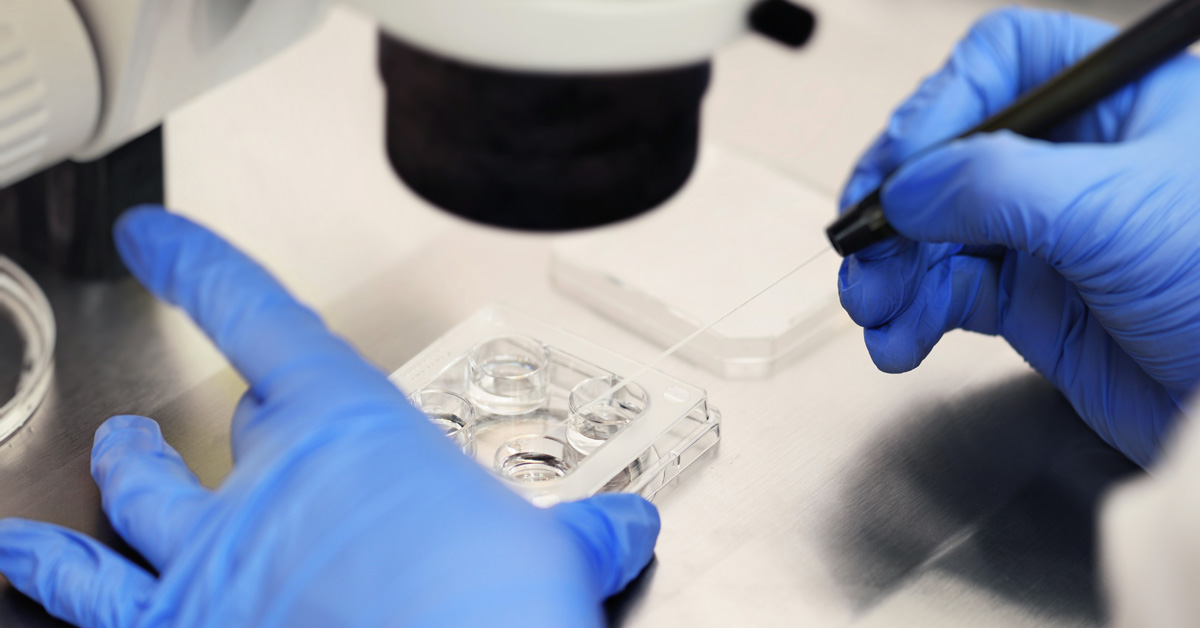Semi-Identical Twins
Australia has witnessed a truly unique event-the second recorded case of “semi-identical” twins in the world. This phenomenon, as doctors emphasize, is an extraordinary rarity.
This groundbreaking discovery unfolded during a routine prenatal exam, marking the first-ever identification of semi-identical twins during pregnancy.
Dr Silvana Chedid, author of The Magic of Twins and Triplets, sheds light on a fascinating fact-between the ages of 35 and 40, 14 out of every 1,000 women are expected to have twins or more numerous multiples. This predisposition, she explains, is one of the reasons behind the exponential growth in twin births, as more women are choosing to become mothers after the age of 35.
The boy and girl, now four years old, are identical on their mother’s side. But they share only part of their father’s DNA, which genetically places them somewhere between fraternal twins (dizygotic or fraternal) and identical twins (monozygotic or identical).
Identical twins are created when a single egg, fertilized by a single sperm, divides and forms two babies. These twins are of the same sex and share the same genes and physical characteristics.
In turn, non-identical twins are formed when two distinct eggs are fertilized, each by a different sperm, and develop in the uterus at the same time. Therefore, they may not be the same sex and look as similar as any brother or sister despite being born together.
In the case of semi-identical (or sesquizygotic) twins, the egg is believed to have been fertilized simultaneously by two sperm before being divided. If an egg is fertilized by two sperm, it results in three sets of chromosomes instead of two – one from the mother and two from the father.
According to the researchers, three sets of chromosomes are “typically incompatible with life, and embryos do not usually survive.”
What are the chances of having twins?
Non-identical twins are more common in some families. Older women are also more likely to become pregnant with fraternal twins because they are more likely to release more than one egg during ovulation. Identical twins are not related to genetic inheritance.







